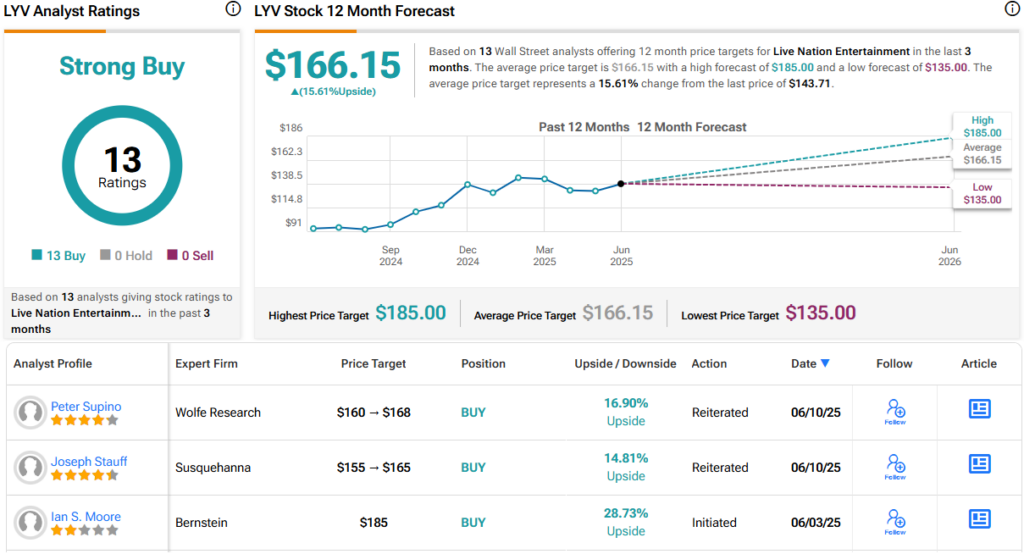## Lights, Camera, Profits! Bernstein Picks the Winners in the Entertainment Stock Race
The entertainment industry is booming, folks! From streaming giants to esports sensations, there’s more competition than ever for your attention (and your wallet). But if you’re looking to invest in this exciting landscape, where do you even begin?


DraftKings’ Competitive Advantages and Market Share
DraftKings, a leading online sports betting and fantasy sports platform, has been gaining traction in the competitive sports betting market. The company’s competitive advantages lie in its robust platform, user-friendly interface, and diverse offerings, which cater to a wide range of customers.
According to a report by Gamestanza, DraftKings has a significant market share in the online sports betting market, with a user base of over 10 million registered users. The company’s platform offers a wide range of sports, including football, basketball, baseball, hockey, and soccer, among others.
DraftKings’ competitive advantages can be attributed to its innovative approach to sports betting, which includes features such as real-time odds, in-play betting, and a robust mobile app. The company’s platform also offers a wide range of payment options, including credit cards, PayPal, and online banking.
In addition, DraftKings has been expanding its offerings to include new sports and markets, which has helped to increase its market share. The company has also been investing heavily in marketing and advertising, which has helped to attract new customers and increase brand awareness.
However, DraftKings faces intense competition from other online sports betting platforms, including FanDuel and BetMGM. To maintain its market share, the company must continue to innovate and expand its offerings, while also investing in marketing and advertising.
User Engagement and Building a Loyal Fanbase
User engagement is critical to the success of any online sports betting platform, and DraftKings has been making significant efforts to build a loyal fanbase. The company’s platform offers a range of features that encourage user engagement, including rewards programs, tournaments, and social sharing.
DraftKings’ rewards program, for example, offers users the opportunity to earn points for every bet they place, which can be redeemed for cash or other rewards. The company’s tournaments also offer users the opportunity to compete against other users and win cash prizes.
In addition, DraftKings has been investing heavily in social media and influencer marketing, which has helped to increase brand awareness and attract new customers. The company has also been partnering with popular sports teams and organizations, which has helped to increase its market share.
Overall, DraftKings’ focus on user engagement and building a loyal fanbase has been a key factor in its success in the competitive online sports betting market.
Spotify: The Music Streaming Giant
Spotify is one of the leading music streaming platforms in the world, with over 400 million monthly active users. The company’s subscription-based model has been a key factor in its success, offering users access to a vast music library and advanced features such as playlists and discovery.
According to a report by Gamestanza, Spotify’s subscription model has been a key driver of its revenue growth, with the company’s premium subscription service generating over 90% of its revenue. The company’s free service, on the other hand, generates the majority of its user base.
Spotify’s focus on content creation and exclusive deals has also been a key factor in its success. The company has been investing heavily in original content, including podcasts and video content, which has helped to attract new users and increase engagement.
In addition, Spotify has been expanding its offerings to include new features and services, such as podcasts and video content. The company has also been investing heavily in marketing and advertising, which has helped to increase brand awareness and attract new customers.
Analyzing Spotify’s Subscription Model and Revenue Streams
Spotify’s subscription model has been a key driver of its revenue growth, with the company’s premium subscription service generating over 90% of its revenue. The company’s free service, on the other hand, generates the majority of its user base.
According to a report by Gamestanza, Spotify’s revenue streams can be broken down into several key categories, including:
- Subscription revenue: This includes revenue generated from premium subscriptions, such as Spotify Premium.
- Advertising revenue: This includes revenue generated from ads on the platform, including display ads and audio ads.
- Transaction revenue: This includes revenue generated from transactions on the platform, such as purchases of music and other digital content.
Overall, Spotify’s subscription model and revenue streams have been a key factor in its success in the competitive music streaming market.
Thematic Shifts in Entertainment: Understanding Bernstein’s Argument
According to a report by Gamestanza, Bernstein analyst Ian Moore believes that the entertainment industry is undergoing a significant shift, driven by changes in consumer behavior and technological advancements.
Moore argues that the industry is moving towards an “experience economy,” where consumers are increasingly seeking immersive and interactive experiences, rather than traditional forms of entertainment such as movies and TV shows.
This shift is driven by a range of factors, including the rise of streaming services, the growth of social media, and the increasing demand for experiential entertainment.
Experience Economy vs. Traditional Media
The experience economy is a key theme in the entertainment industry, with a range of companies, including Live Nation Entertainment, DraftKings, and Spotify, offering immersive and interactive experiences to consumers.
According to a report by Gamestanza, the experience economy is driven by a range of factors, including:
- The rise of streaming services: Streaming services such as Netflix and Hulu have changed the way that consumers access and engage with entertainment content, with a focus on on-demand access and personalized recommendations.
- The growth of social media: Social media platforms such as Instagram and TikTok have created new opportunities for entertainment companies to engage with consumers and promote their content.
- The increasing demand for experiential entertainment: Consumers are increasingly seeking immersive and interactive experiences, such as concerts, sporting events, and theme parks.
Overall, the experience economy is a key theme in the entertainment industry, driven by changes in consumer behavior and technological advancements.
The Power of Niche Storytelling
Niche storytelling is a key theme in the entertainment industry, with a range of companies, including independent filmmakers and streaming services, offering unique and innovative content to consumers.
According to a report by Gamestanza, niche storytelling is driven by a range of factors, including:
- The rise of streaming services: Streaming services such as Netflix and Hulu have created new opportunities for independent filmmakers and other content creators to reach a wider audience.
- The growth of social media: Social media platforms such as Instagram and TikTok have created new opportunities for content creators to promote their work and engage with consumers.
- The increasing demand for original content: Consumers are increasingly seeking original and innovative content, rather than traditional forms of entertainment such as movies and TV shows.
Overall, niche storytelling is a key theme in the entertainment industry, driven by changes in consumer behavior and technological advancements.
Conclusion
So, Bernstein thinks the entertainment industry is ripe for a comeback, and they’ve pointed their finger at LYV, DKNG, and SPOT as the stocks to watch. These companies, each specializing in a different facet of entertainment – live events (LYV), sports betting (DKNG), and streaming (SPOT) – are predicted to capitalize on the pent-up demand for immersive experiences. Bernstein sees strong growth potential in these sectors, fueled by evolving consumer habits and the ongoing shift towards digital engagement. This isn’t just about picking a few winning stocks; it’s about recognizing a seismic shift in the entertainment landscape. The pandemic forced us to rethink how we consume entertainment, accelerating the digital revolution and highlighting the enduring power of live experiences. Bernstein’s picks underscore this evolving dynamic, suggesting that the future of entertainment lies in a hybrid model – one that seamlessly blends the virtual and the real. As these companies continue to innovate and cater to the evolving demands of the audience, it will be fascinating to see how they reshape the entertainment industry and redefine our relationship with it. Will you be along for the ride?
